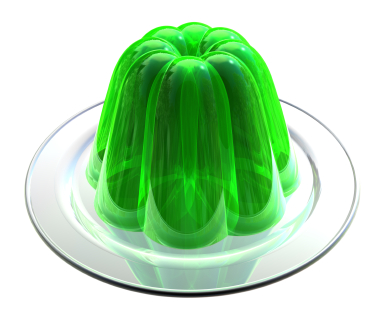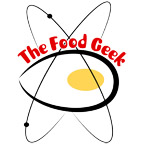Soylent Gelatin

PopSci.com reports in a headline calculated to get a lot of interest that "Next-Generation Gelatin Could be Derived from Humans Instead of Animals." For those who know how gelatin is made, the image that pops up is disturbing, indeed. After all, gelatin is generally derived by slowly cooking out the connective tissue from collagen-heavy parts of animals or, to put too fine a point on it, they boil down hooves of animals. So immediately one thinks of a pot filled with hands and feet or something equally ridiculous. After all, hands aren't particularly collagen-rich. It'd take far too many hands.
So, when you get past the headline into the article, you find that what's happening is that scientists have found one or more handy gene sequences that creates collagen, and they've grafted these genes onto the DNA of yeast, which can just pump out the collagen as long as there's food to eat and nobody tries to make bread or beer out of them.
So now we're at the interesting bits. Gene sequences are the same in a bunch of different species. Humans share a tremendous amount of DNA with mice, for example. The sequences used may or may not be available in other animals, and possible even the sequences exist in animals that we eat. So, if someone spent the money to discover that these sequences exists in not only humans but cows as well, is this less disgusting?
From the scientists perspective, genes are becoming better understood and more usable. After all, DNA is for creating proteins. DNA unzips to create RNA, and RNA bonds with molecules in the cell to generate a protein. Here's a video that describes the process:
In a really large system, like a person or a bacterium, it's hard to understand everything that is going on because there are so many things happening at once, and they're all linked. But for making proteins, it's relatively simple, as these things go. So scientists aren't necessarily super-concerned about where they found the genes, because they're just making proteins. If you were cloning dinosaurs and wanted to mix in some frog DNA, then you'd have more to worry about because the system is so complex you might get velociraptors that can change sex and have babies that will kill everyone in the theme park or something.
The end product is still going to have to be tested to ensure it's non-toxic and nutritionally similar to conventionally-derived gelatin before it's ever sold as something that could be ingested. It's still pretty weird, though, so I expect that we will not see this in food products initially. You're not going to get to choose between the regular Jell-O and the non-human Jell-O, at least to start with. Instead, it'll likely go into medical applications first, where there's already so many crazy science-things going on that one more weird application isn't going to make much of a difference. A few years later, once that's settled in and become normal, they'll start rolling out the Gummi people.

